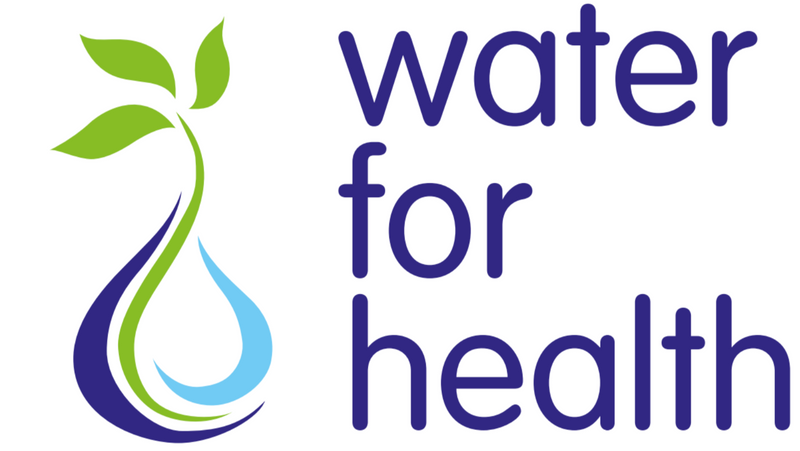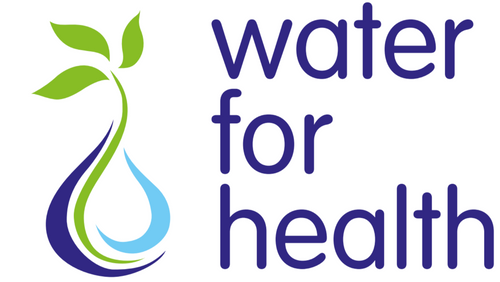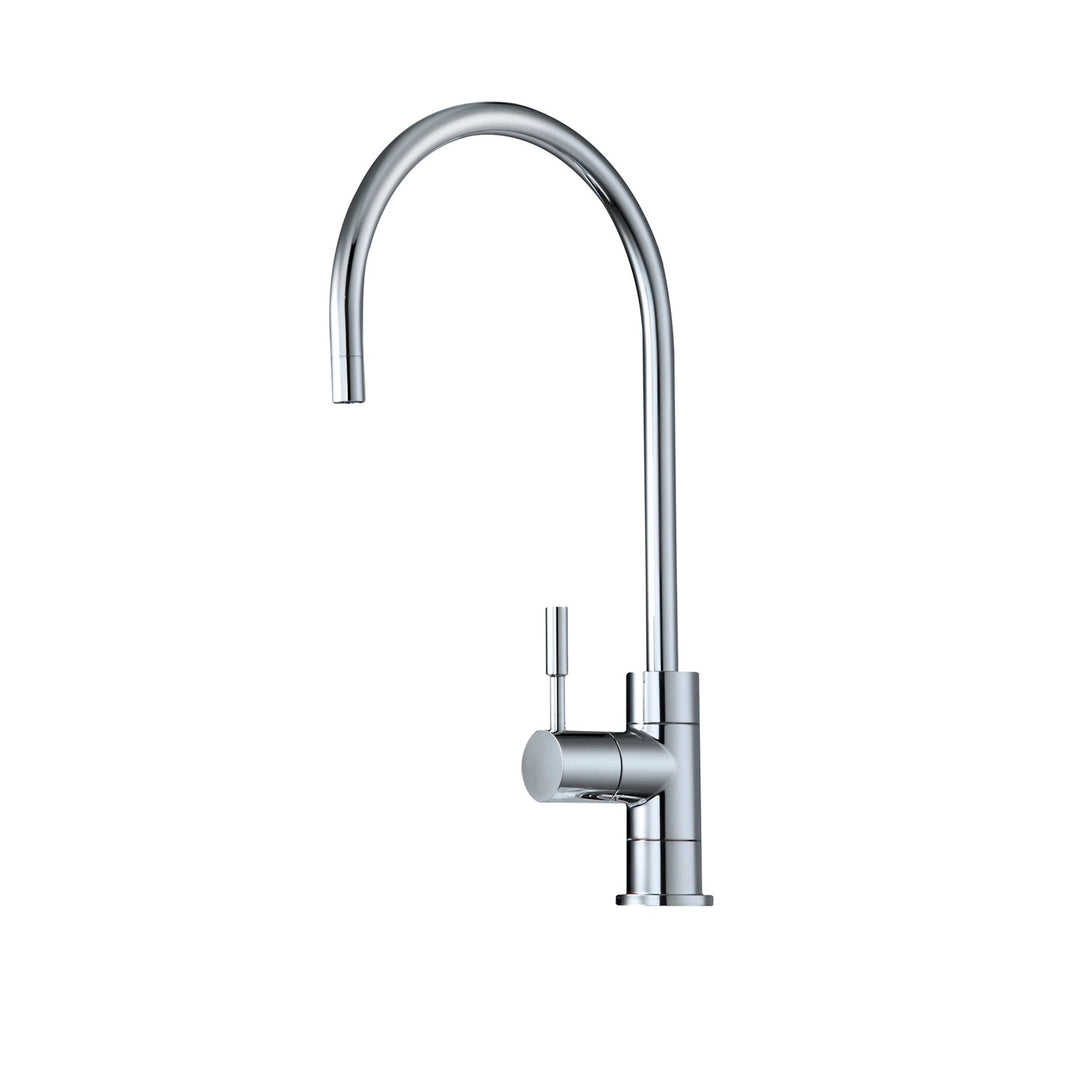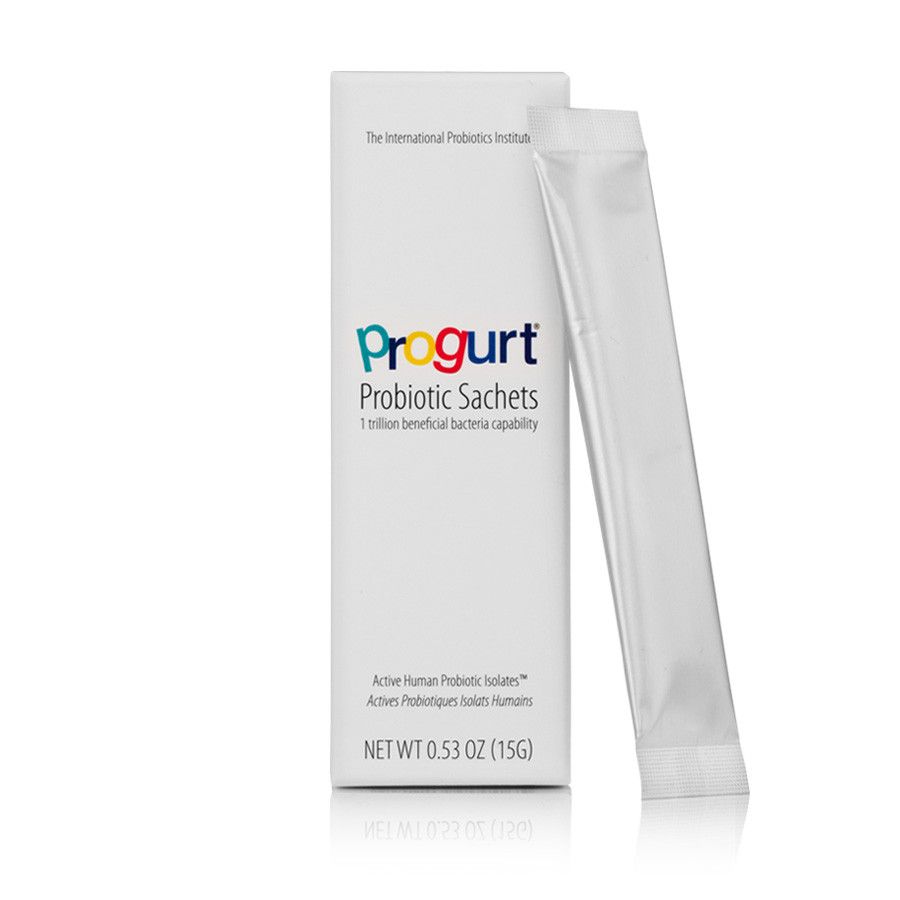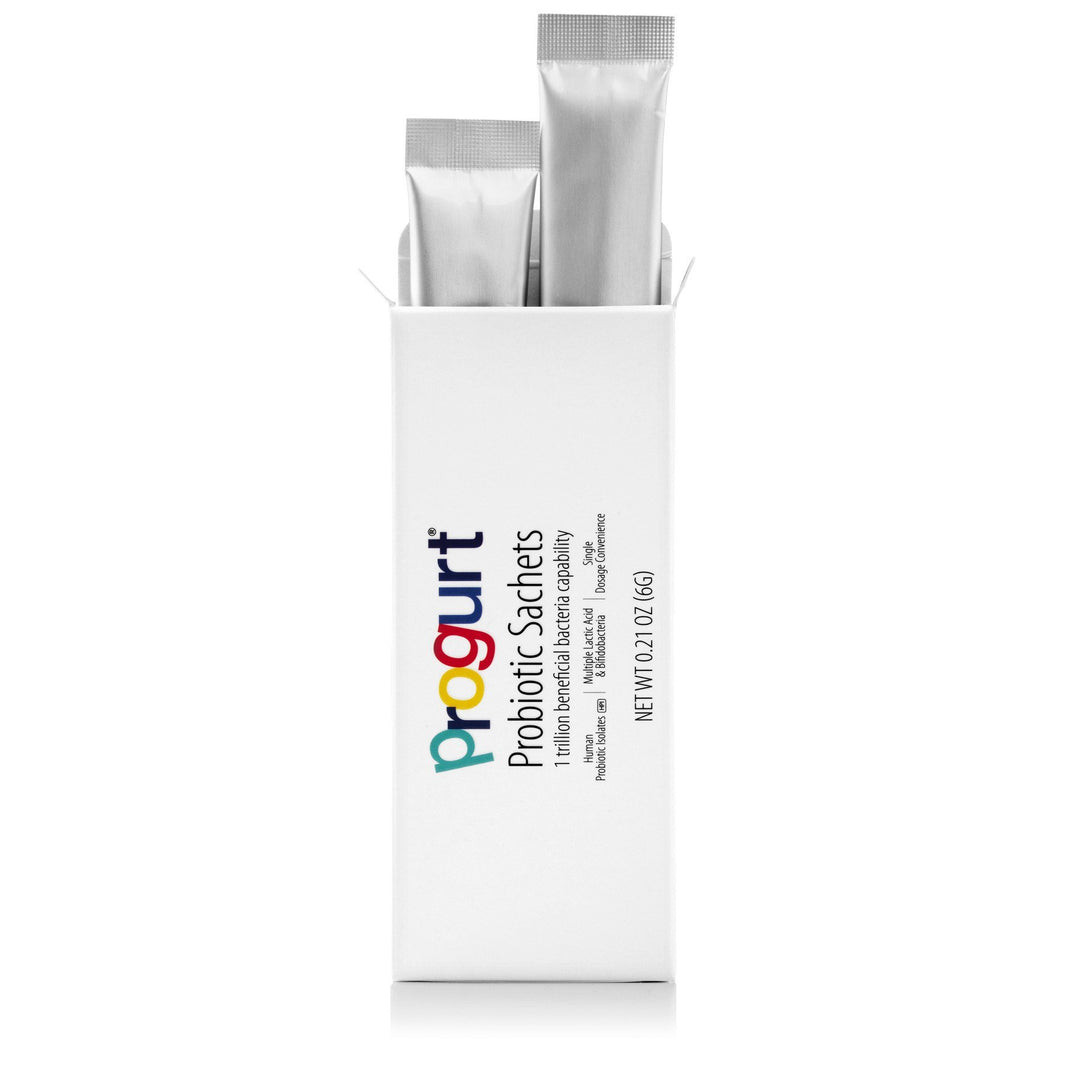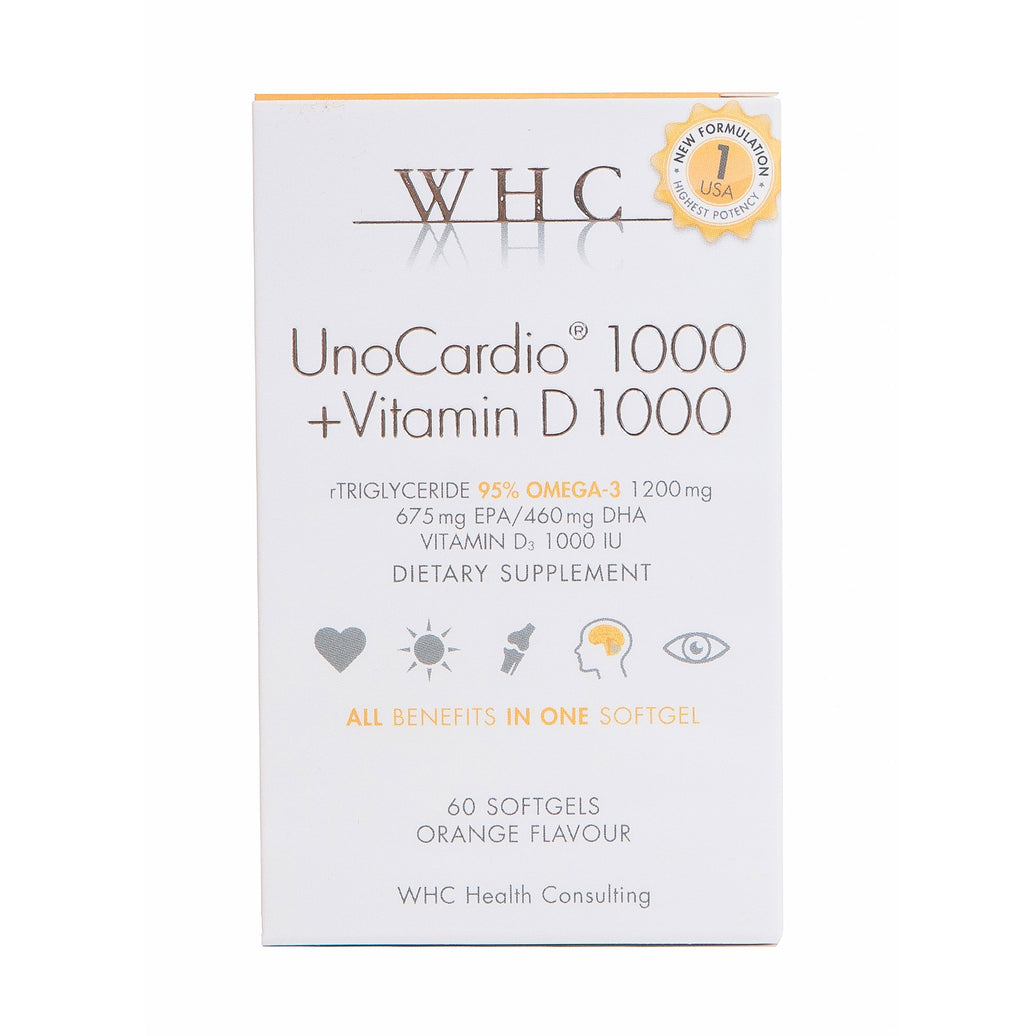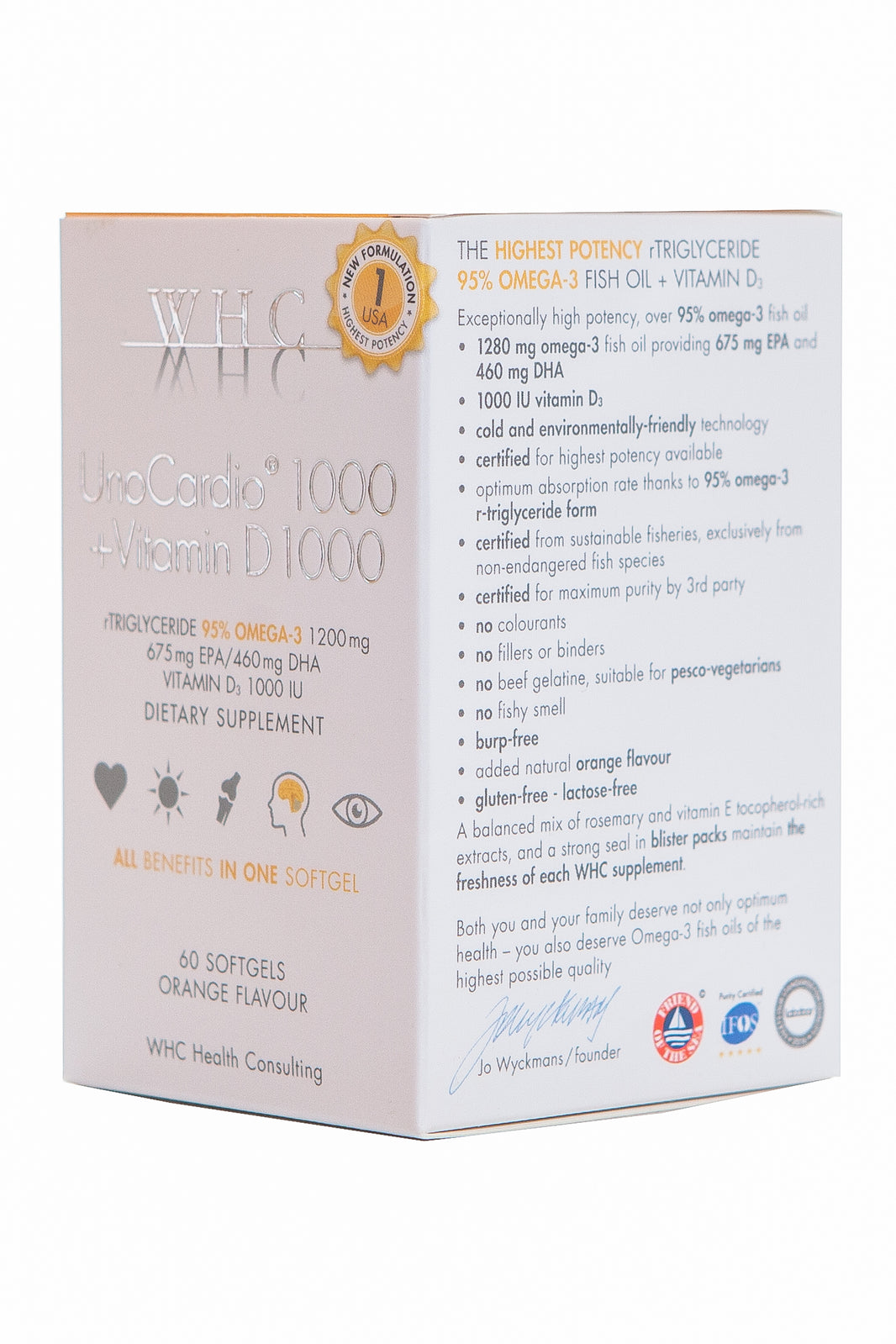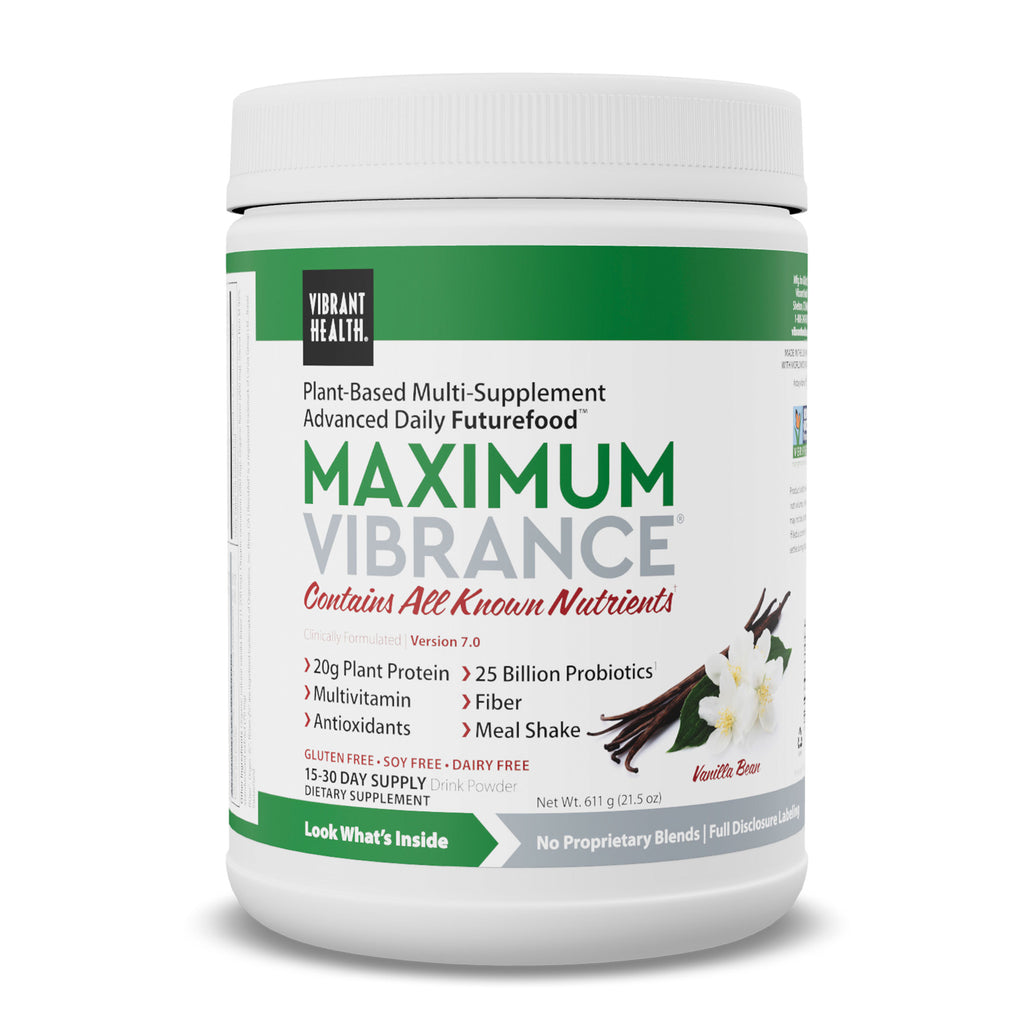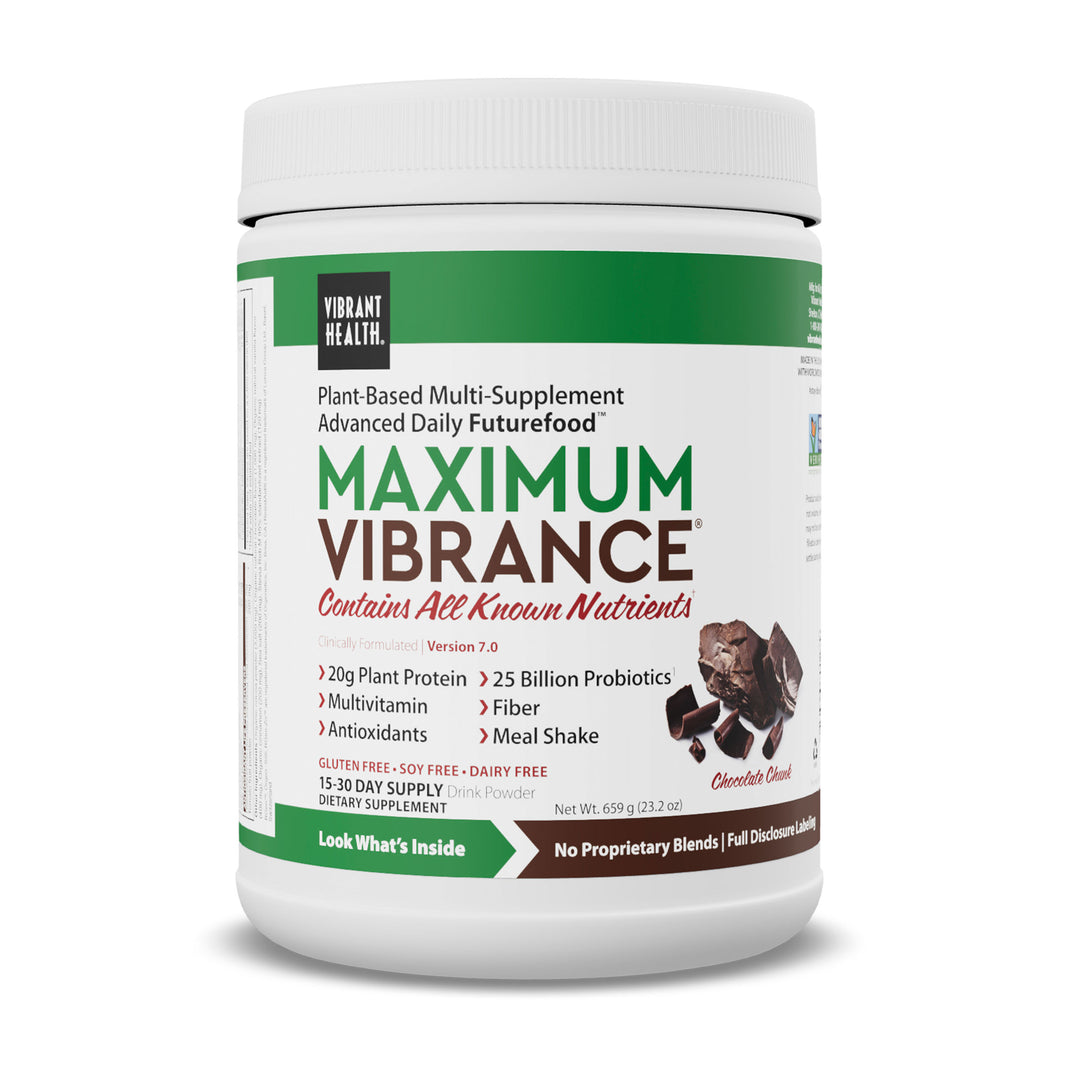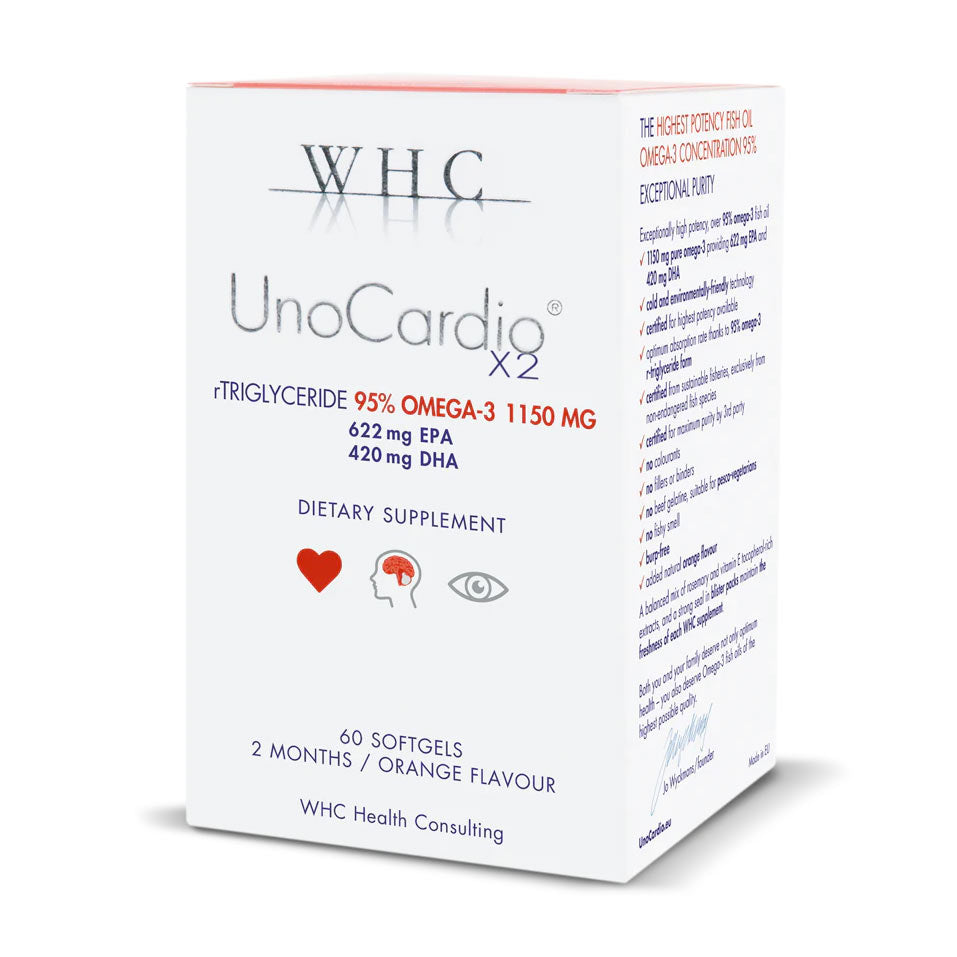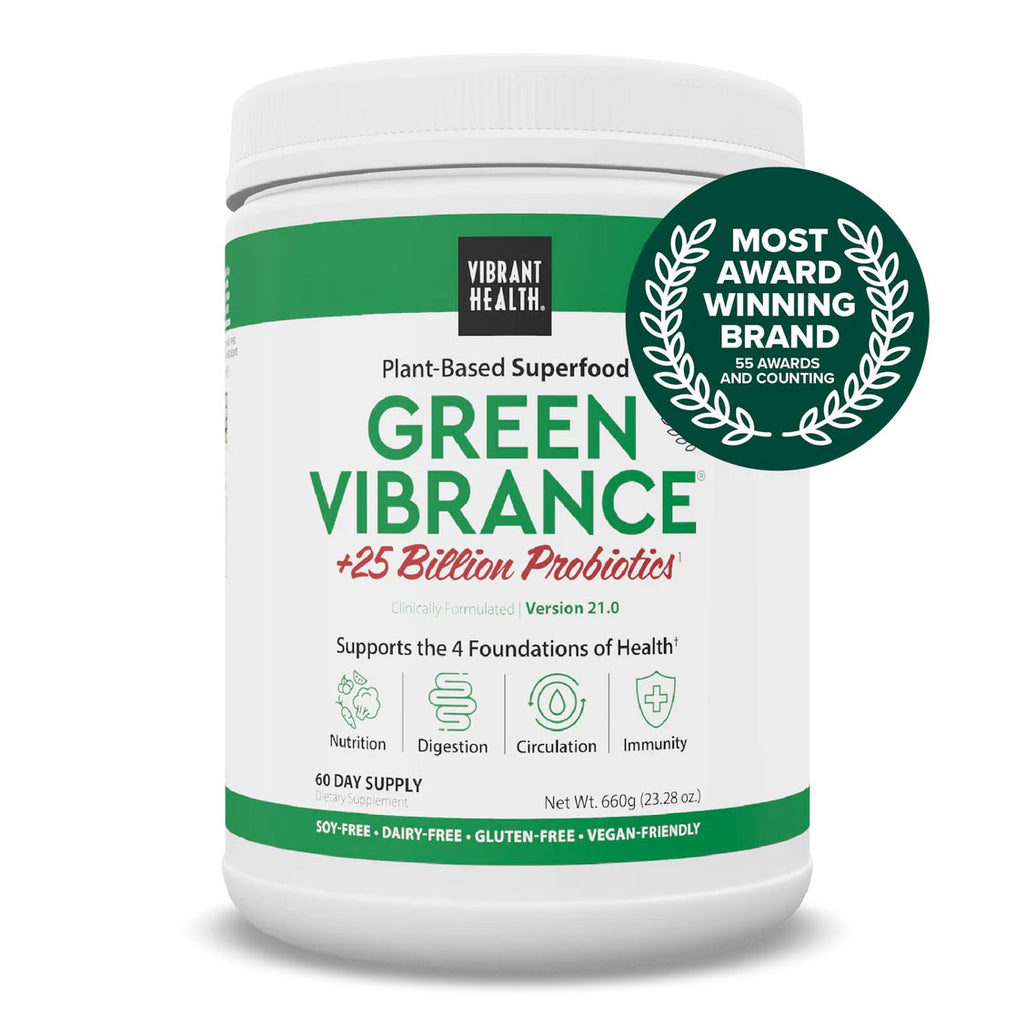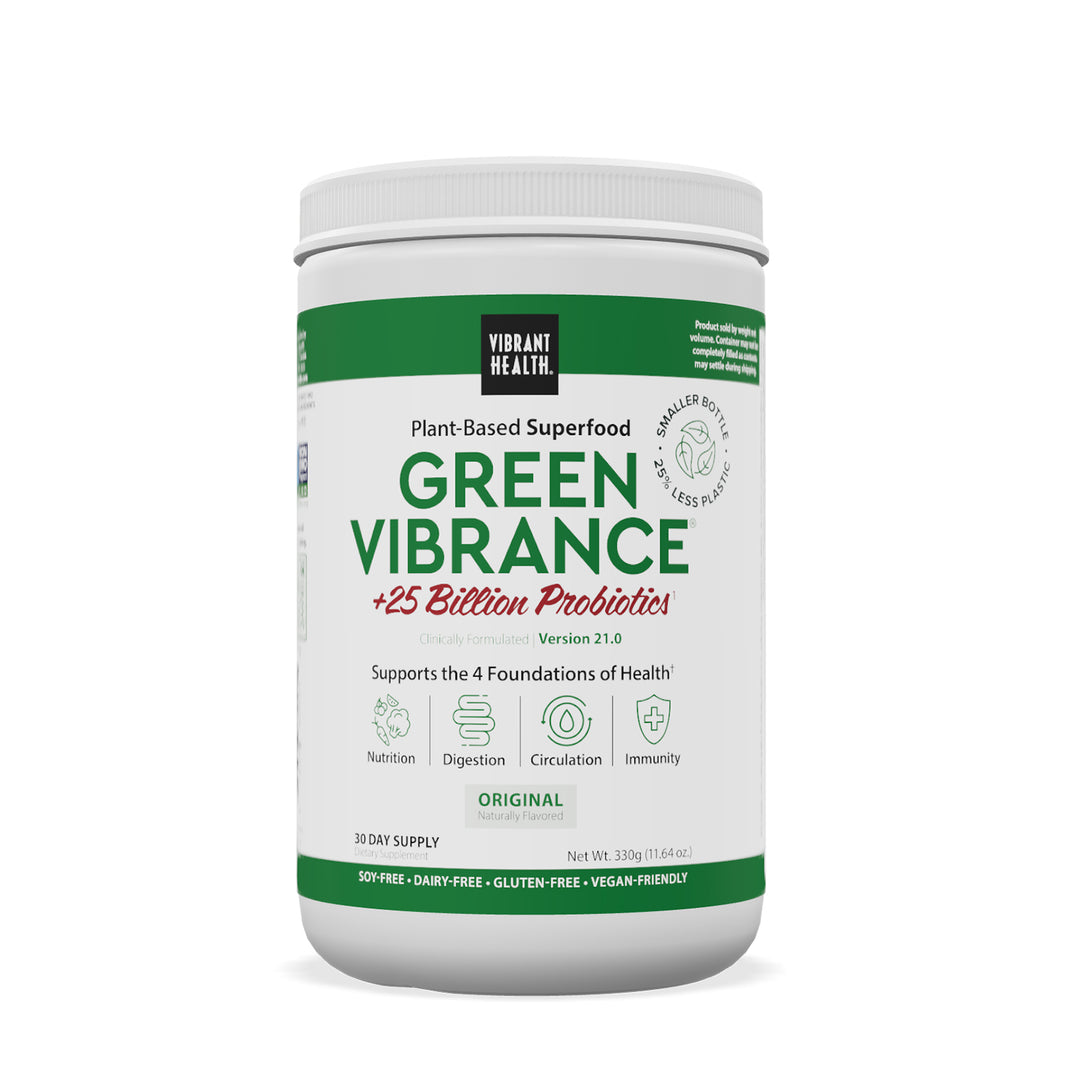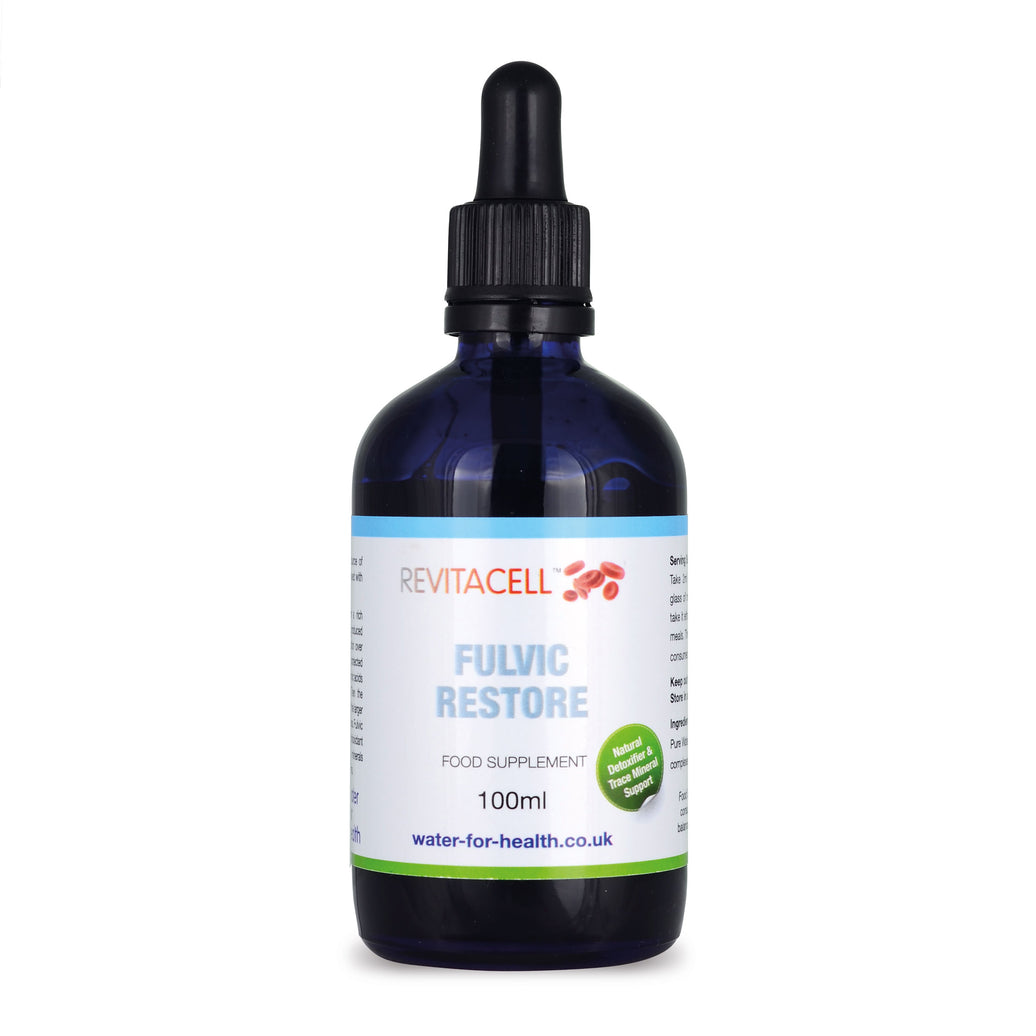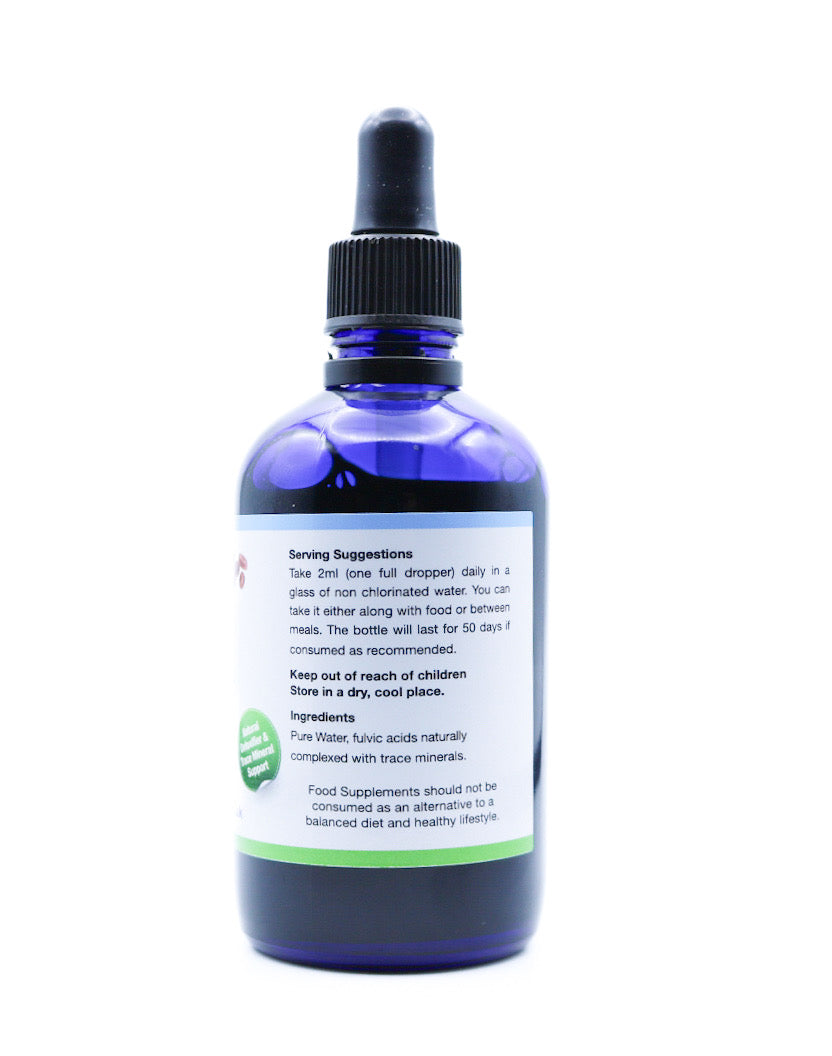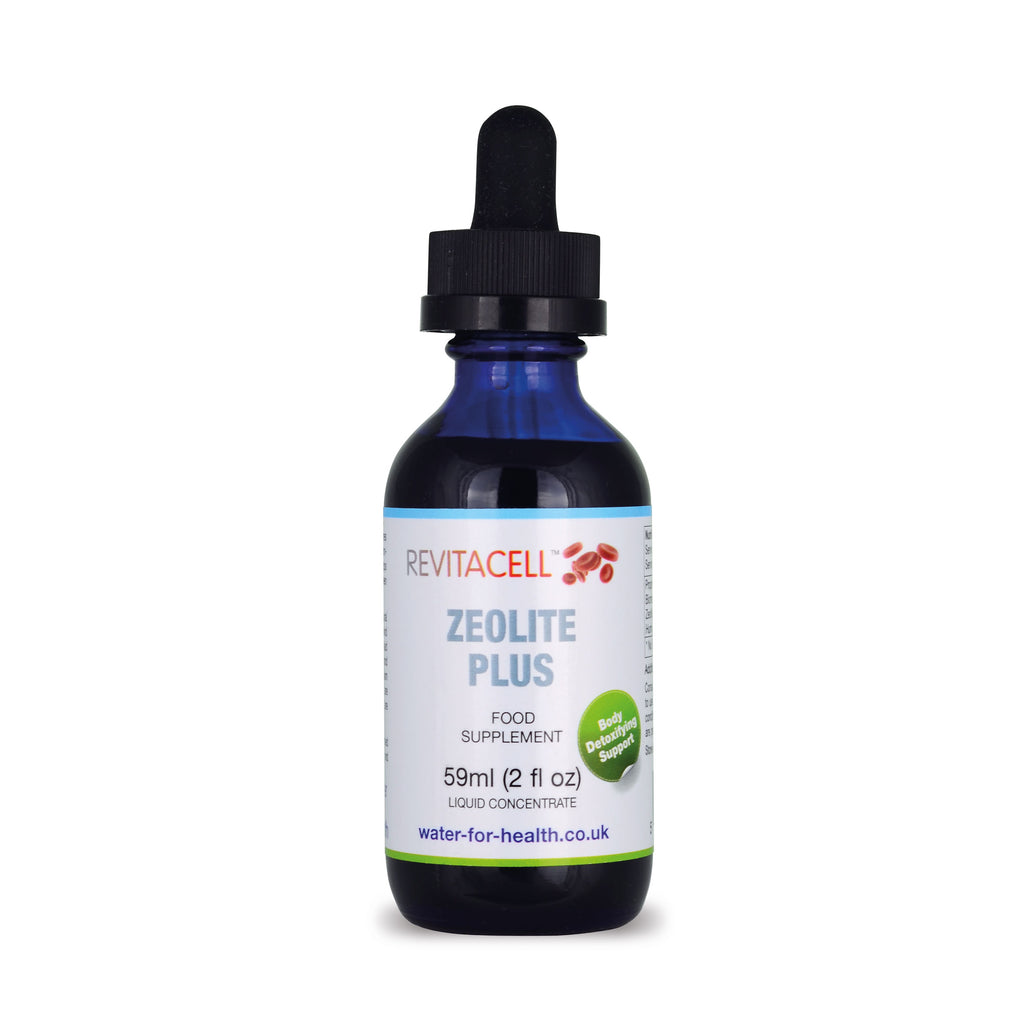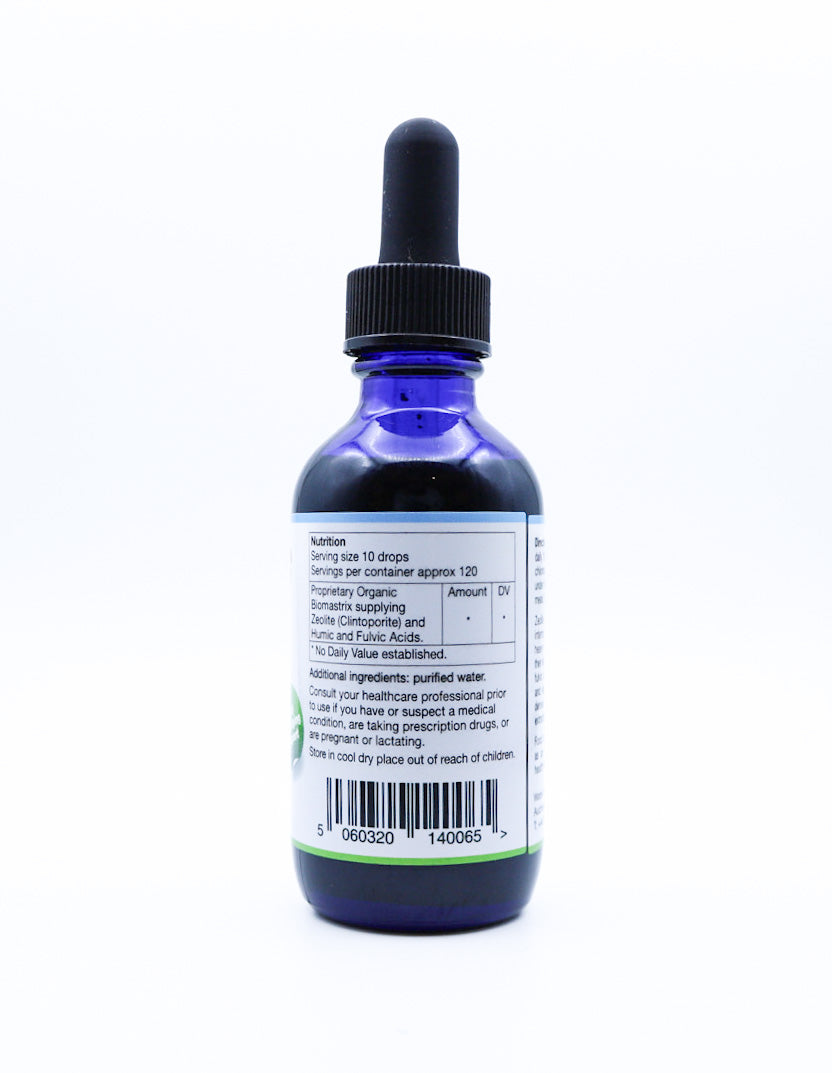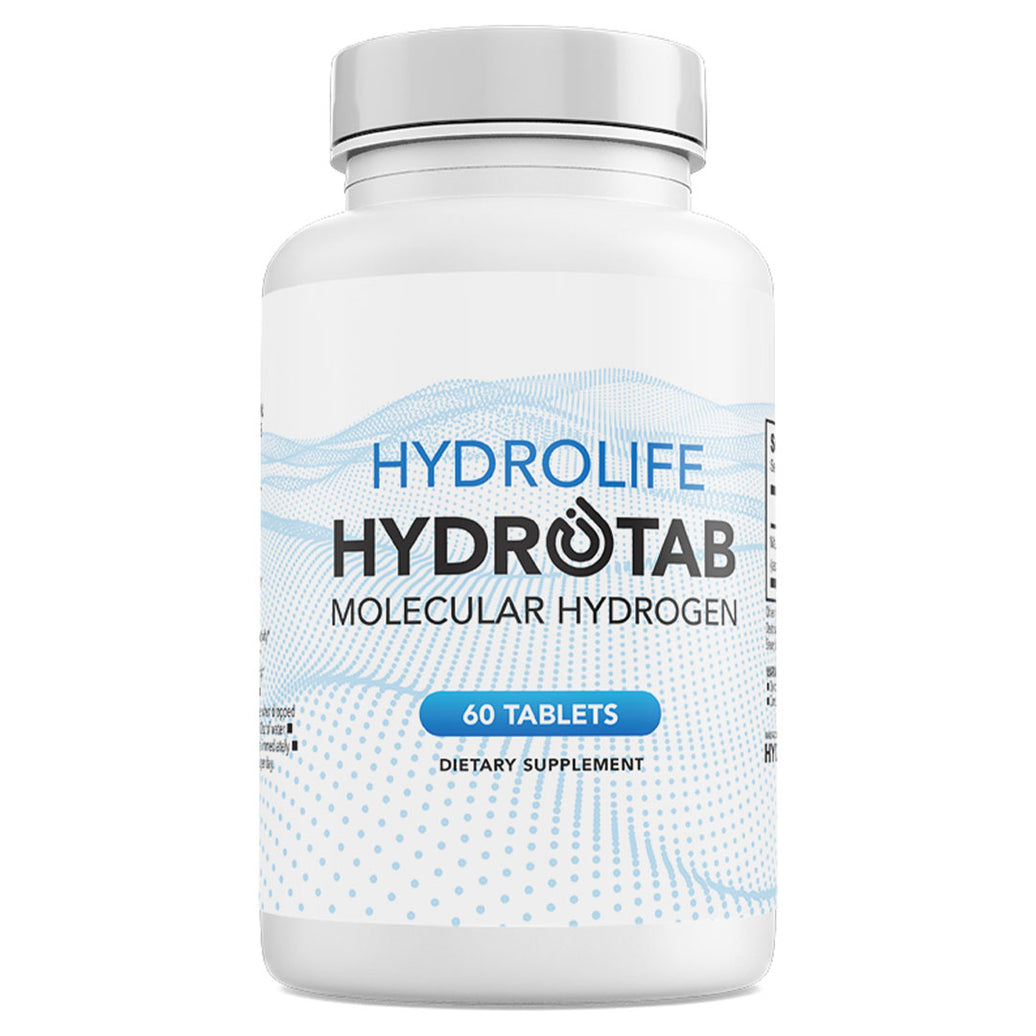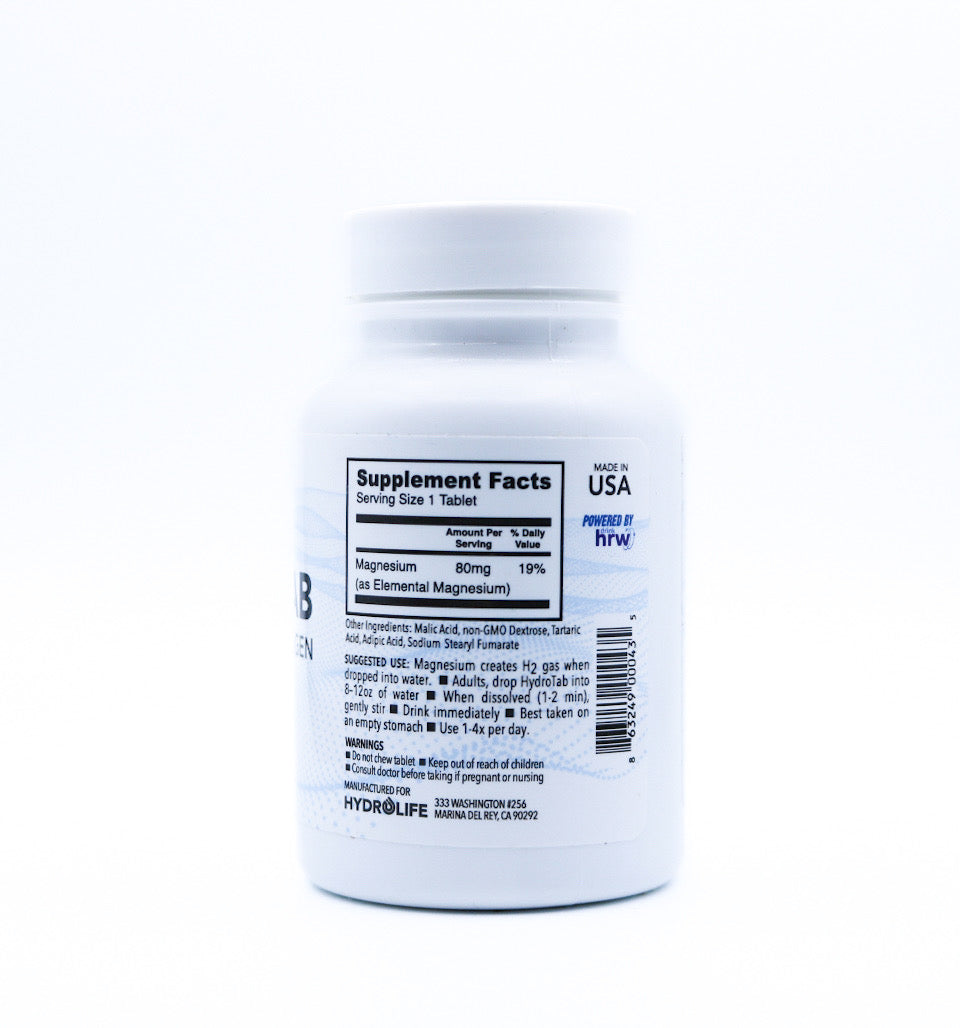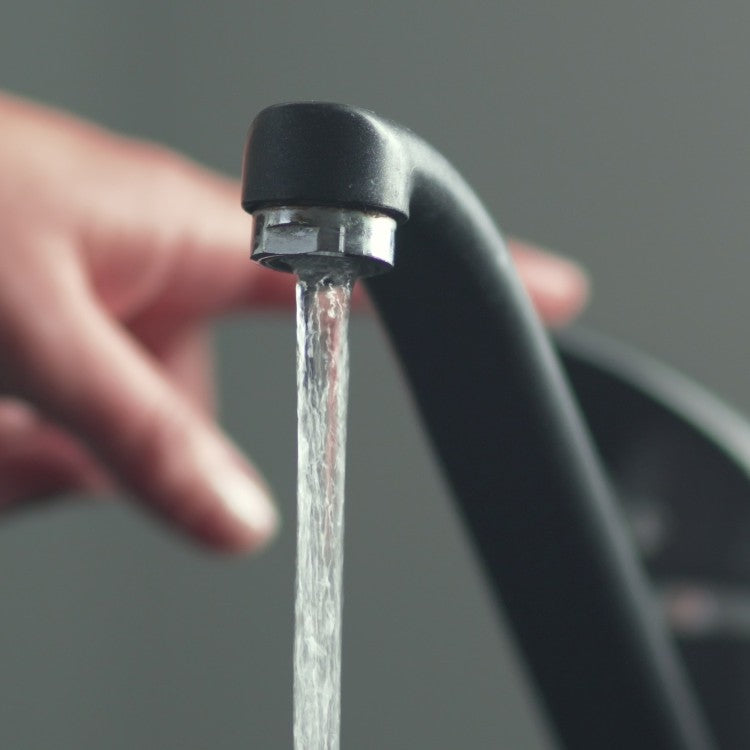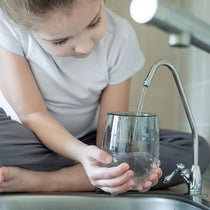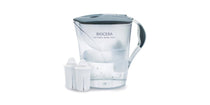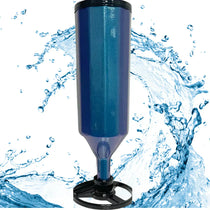When you pour yourself a glass of tap water, you expect it to be clean, refreshing, and safe. But have you ever stopped to wonder, is there chlorine in tap water? Or heavy metals too? The truth might surprise you. Even though UK tap water is generally safe to drink by global standards, it can still contain traces of chlorine and heavy metals in water that may be harmful to your health over time.
We’re not here to scare you. We just want you to be more aware. Understanding what’s in your water and how to reduce exposure could make a huge difference to your long-term wellbeing.
Why Chlorine and Heavy Metals in Tap Water Are a Concern
Tap water is undeniably convenient. With a simple twist of the tap, you’ve got instant access to water for drinking, cooking, and cleaning. But convenience doesn’t equal purity.
Modern water treatment facilities do a good job of making water “safe” from immediate threats, yet trace levels of contaminants like metals in tap water and chlorine are often still present when it reaches your glass.
Does tap water have chlorine in it? Yes. Chlorine is added to disinfect the water and kill bacteria, but long-term exposure has been linked to concerning health effects. And chlorine isn’t the only problem. Even at low levels, water heavy metal contaminants such as lead, arsenic, and mercury can quietly accumulate in the body.
Let’s break it down.
Chlorine in Tap Water: Necessary but Not Harmless
How much chlorine is in tap water?
According to the World Health Organization, the level in disinfected drinking water typically ranges from 0.2 to 1 mg per litre. It’s enough to kill harmful microbes, but that doesn’t mean it’s harmless for humans.
Is chlorine in tap water bad for you?
Prolonged exposure may disrupt your gut bacteria (just like antibiotics can), potentially weakening your immune system. Studies have also linked long-term consumption to respiratory issues, cellular damage, reproductive problems, and even higher cholesterol levels.
Chlorine by-products can form in the water as well, some of which have been associated with an increased risk of bladder disorders. And when you consider that chlorine is a disinfectant designed to kill living organisms, you might wonder—what is it doing to the beneficial microbes inside your digestive system?
Dangers of chlorine in tap water:
Increased risk of bladder problems
Possible respiratory issues and cellular damage
The Effects of Heavy Metals in Water
Heavy metals in tap water can enter the system in various ways—through industrial waste, pesticide run-off, corroded pipes, or even naturally occurring deposits. Unlike chlorine, which evaporates relatively quickly, heavy metals can build up in the body over time, sometimes with serious consequences.
Here are some of the most common water metals and their associated health risks:
1. Arsenic
Arsenic is toxic, even at low levels. It may leach into water sources from industrial waste disposal or natural deposits. Short-term exposure can lead to vomiting, diarrhoea, and abdominal pain, while long-term exposure has been linked to skin, lung, and bladder disorders.
2. Mercury
Mercury is a naturally occurring element, but in your drinking water, it’s extremely dangerous. Heavy metal water contamination with mercury has been associated with brain damage, blindness, nerve damage, memory loss, and mood disorders.
3. Lead
Lead is poisonous to almost every organ in the human body. Children are especially vulnerable, with exposure linked to developmental delays, behavioural problems, and brain damage. In adults, lead can contribute to reproductive issues and even prostate problems.
4. Dioxins
These toxic compounds settle in water sources after events like forest fires, burning coal, or industrial processes. Effects of heavy metals in water such as dioxins include immune system disruption, reproductive issues, and a higher risk of birth defects.
Even though UK water treatment systems are designed to keep these contaminants at “safe” levels, the question remains—what happens when we drink low-level contaminants day in and day out for years?
Why Bottled Water Isn’t the Solution
At first glance, bottled water might seem like the safer alternative…
But recent research shows that isn’t the case. A new study by Columbia and Rutgers universities has found that bottled water can contain up to 100 times more tiny pieces of plastic than previously estimated. On average, a single litre of bottled water contains around 240,000 nanoplastic fragments, with levels ranging from 110,000 to 400,000 per litre. Much of this plastic is believed to come from the bottle itself.
Microplastics have been found everywhere, from Antarctic sea ice to the deepest ocean trenches, and bottled water is no exception. While the World Health Organization (WHO) has said there’s still too little research to determine the exact health risks, it warns that the smallest particles (less than 10 micrometres) are likely to be absorbed by the human body.
And it’s not just water. Microplastics have infiltrated our food supply too. Research has shown that sewage sludge used as fertiliser contaminates farmland with microplastics and PFAS (“forever chemicals”). One study estimated that 86 trillion to 710 trillion microplastic particles enter European farmland each year, while US farmland contamination affects nearly 20 million acres. Some crops absorb these plastics more than others; for instance, root vegetables such as carrots and radishes appear to hold higher concentrations than leafy greens.
The reality is that bottled water carries contamination risks, can be costly, and adds to environmental damage. So if bottled water isn’t the answer, what is?

Filtering Your Tap Water: A Simple Fix
One of the most effective ways to reduce water chlorine and water metal contaminants is by using a high-quality water filter.
The Energy Plus Water Filter System, for example, is designed to fit under your sink and tackle multiple contaminants at once.
This advanced system removes heavy metals, chlorine, and other harmful substances from your water while also:
Releasing molecular hydrogen for added antioxidant benefits
Alkalising the water for better pH balance
Supporting healthier hydration through improved structure
Unlike bottled water, a filter like this provides long-term peace of mind without the environmental cost.
Do You Really Know What’s in Your Tap Water?
We often take clean water for granted. But is there chlorine in tap water UK homes? Yes. Are there trace heavy metals in water? Also yes.
Even if those levels meet regulatory standards, the cumulative impact over years or decades is not fully understood.
Does tap water have chlorine in it?
Absolutely. But you don’t have to accept it. With the right water filtration system, you can significantly reduce your exposure to both chlorine and heavy metals, giving you and your family a better foundation for health.
At the very least, the water we drink should help us feel well and stay well.
Your Tap Water Might Be Clean, But It Can Be Better
Tap water in the UK may be cleaner than in many parts of the world, but it’s far from perfect. The reality is that heavy metals in tap water and chlorine are common. Knowing this gives you the power to act.
If you’re concerned about heavy metal water contamination, water chlorine levels, or the effects of heavy metals in water, it’s worth investing in a solution that removes as many of these substances as possible.
The Energy Plus Filter System makes this simple. And when you think about it, isn’t your health worth the upgrade?
